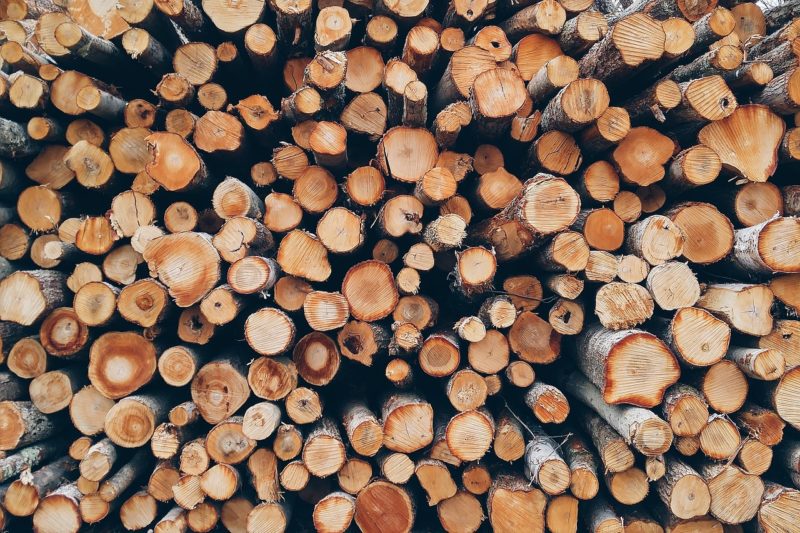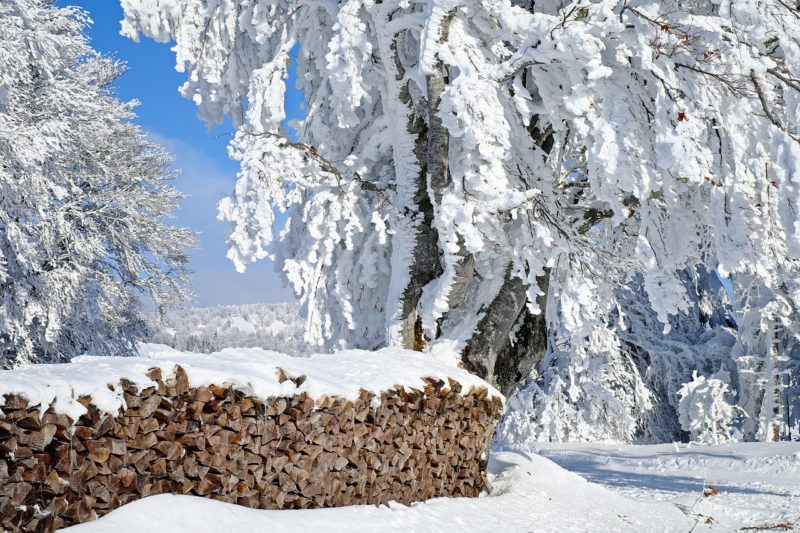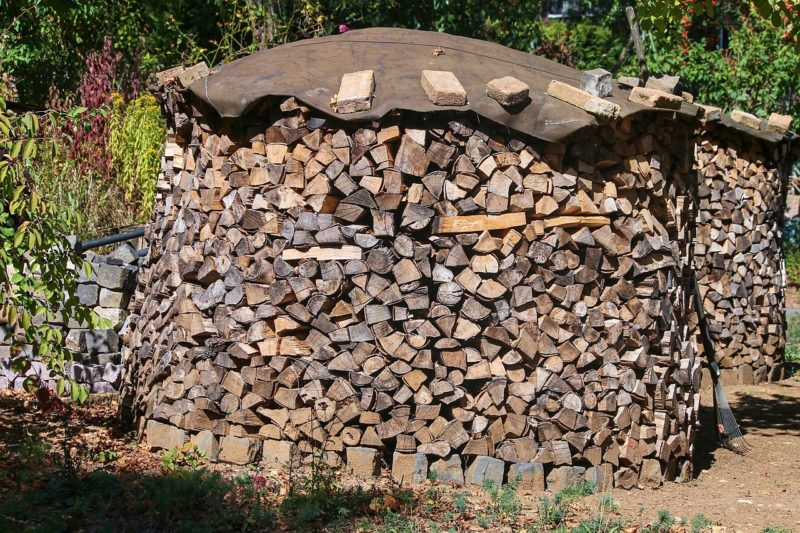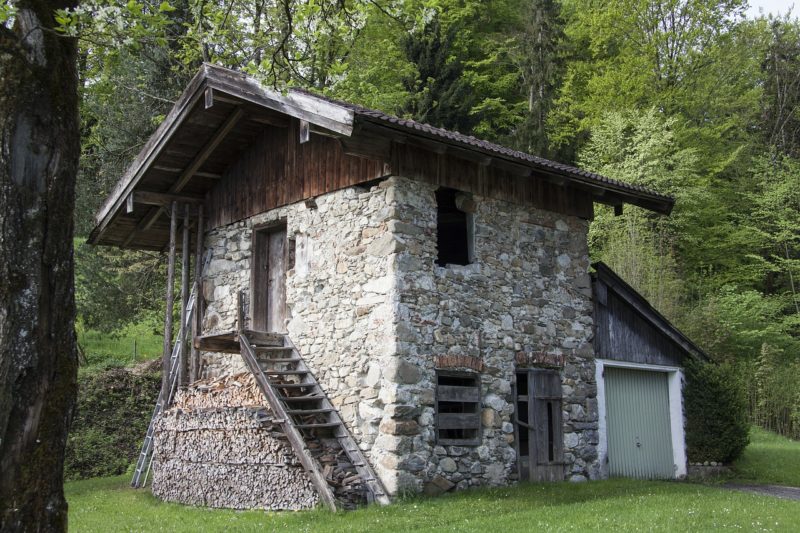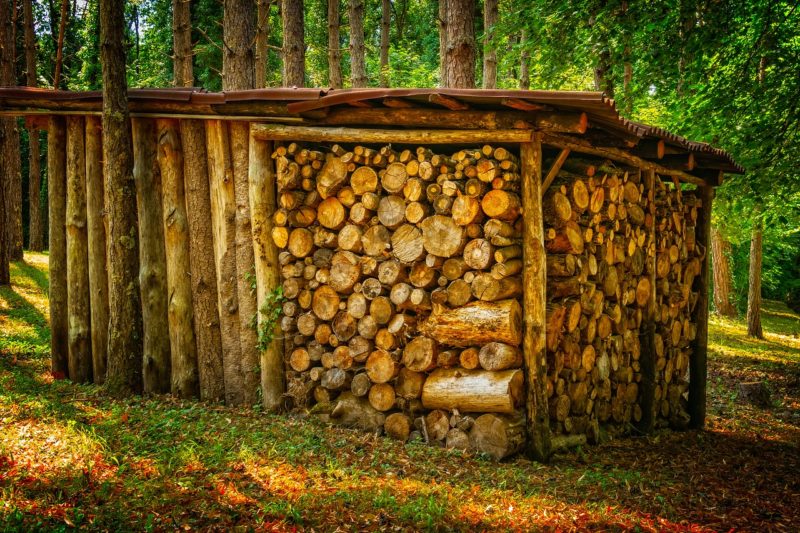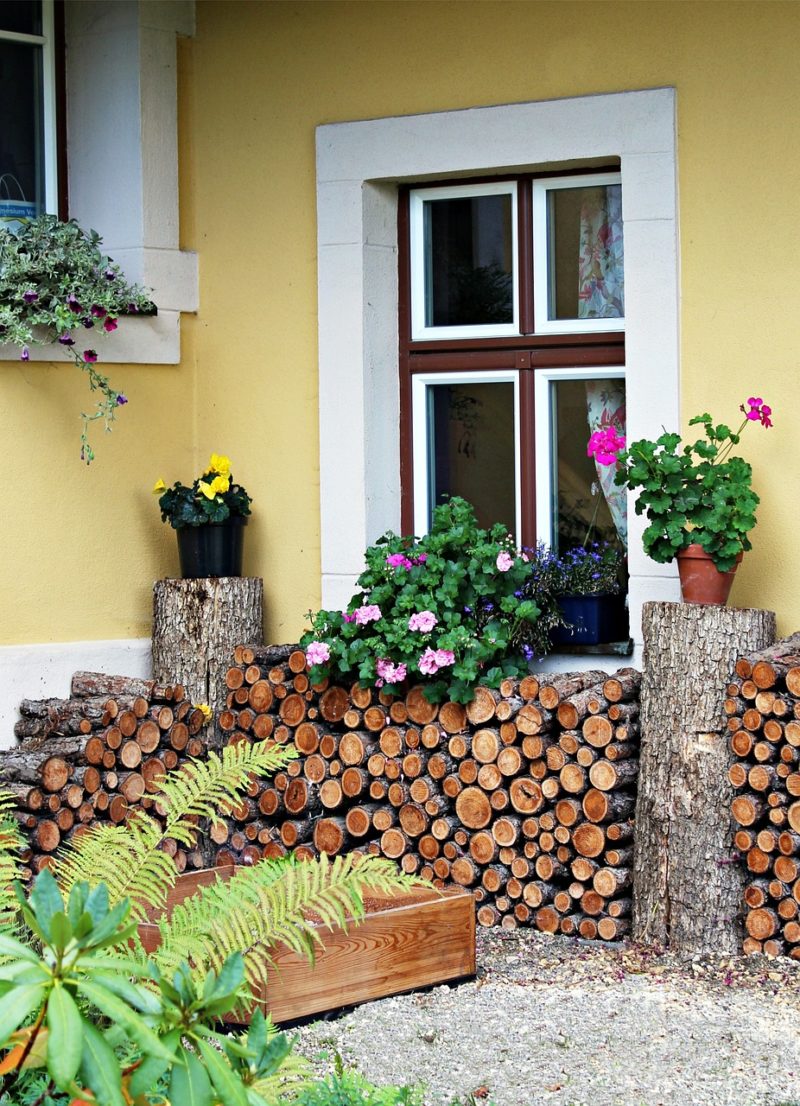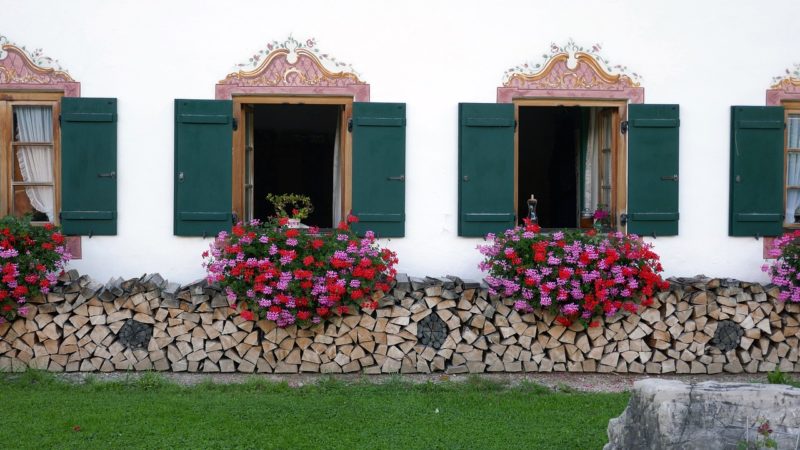Keeping Firewood Dry to Help Reduce Pollution
Building fires is one of the cheapest ways to stay warm during cold winters. If you want to reduce that electricity bill, a nice warm furnace is by far a better option than room heaters. To get a good quality furnace, the firewood you are using should be just right , otherwise you will just be poisoning yourself.
Moisture has a big impact on the kind of fire you get while burning the wood. If firewood is properly seasoned, its moisture content will be below 20%. A higher moisture content means the firewood is highly saturated therefore more smoke is produced when burnt thus polluting the environment. With the carbon dioxide levels rising every day, you do not want to make things any worse for your immediate environment. Burning wood, especially, green wood produces a byproduct known as creosote. It is an acidic and highly flammable substance which usually causes chimney fires. If you want to avoid this and any environmental pollution, here is how to keep your wood dry.
Pack your logs neatly
Firewood needs proper air circulation in order for it to dry properly. All pieces in a stack should get enough air otherwise the middle ones will retain moisture leading to growth of mold and fungus. If you simply throw your firewood into a pile, you will most likely find insects or rodents the next time you’ll need the wood. You should therefore pack your wood in a neat way.
When storing the firewood, remember to always keep the cut ends exposed. Most of the moisture in the wood is released from these ends. If your wood cuts on both ends, the best way to arrange it is in single rows. To ensure maximum air flow, you can place each layer in a different direction.
You can also overlap the rows rather than pack the wood tightly to save on space. This arrangement also allows for maximum air circulation. For wood with bark on one side, you should store it with the bark facing the ground. If the wood is not covered, the bark should face the sky so that snow and rain can roll off hence avoiding absorption.
Get the wood off the ground
Storing firewood on the ground has a lot of disadvantages. An example is it does not allow for proper air circulation. If you have green wood, the wood will retain a lot of moisture. As previously stated, the moisture will have adverse effects on the wood.
It is therefore advisable to keep the wood a few inches off the ground. One way you could do this is by using a rack. This will also allow for proper air flow, therefore the wood will dry even faster. If you do not have a rack, you can build a raised platform using a sheet of plywood and a few 2x4s.
Alternatively, you can get a shed for the wood. This will not only keep the wood off the ground, but also cover it from rain and snow. The wood will stay dry even in winter. A look at the WhatShed list of log stores for sale will give some insight on the best shed for you. With a shed, you won’t have to worry about covering the wood every time you hear thunder rumbling.
If raising the wood storage is not possible, then place gravel in the area you want to store the wood. You could also place the wood on concrete or a brick patio. These do not hold moisture as much as soil therefore the wood will be dry
Don’t cover everything
Most people make the mistake of covering green wood. Green wood is wood that is fresh from cutting which has not been seasoned. Dry wood is wood that has been well seasoned. You should only cover green wood when it is about to rain, but don’t forget to remove the cover once it stops raining.
Green wood is mostly wet because of the moisture that is still left in the cells. When stored, it should be able to breathe and dry easily. Covering it will not help the drying process. Dry wood, however, can be covered using breathable covers. When covering wood, it is not advisable to cover the whole stack. You should only cover the wood completely when protecting it from rain. If you want to cover it during storage, cover only the top portion so as to allow the bottom to breathe.
Avoid storing firewood indoors
Storing firewood in your house does not help the drying process. This is because, wood will not get enough sunshine to dry and therefore remains wet. As much as storing some firewood inside your house is convenient, remember there are a lot of risks involved, including bringing in unwanted critters that might have made the firewood their habitat.
There is also the risk that errant sparks from the fireplace may ignite the wood leading to a lot of damage. Some may argue that leaving the wood in the garage is a better option as it can still dry and is less of a fire risk there. They are not mistaken, but the problem of pests in the house still may be an issue.
Always keep the storage area clean
People always seem to forget about the firewood as soon as warmer temperatures set in. They may forget to take care of the firewood storage area to the extent of allowing weeds or grass to grow around the stack. This will really affect the drying process. First of all, the plants interfere with air circulation in the bottom parts of the pile. These parts will be deprived of much needed air. In addition to that, foliage around the pile will increase the amount of moisture thus affecting your wood. The wood will therefore not be able to dry as fast.
Don’t pile up wood against a wall
While it is common practice to stack firewood against the exterior of your home, it is not at all advisable to do so. You may be tempted to do this since the eaves of your house can provide protection from rain and snow, but don’t do it.
Doing this will reduce air circulation around the wood which will slow down the drying process. It also has risks as this is a highly flammable material which could easily go up in flames along with your house. All it takes is a few stray sparks.
Another reason for not doing this is pests. Snakes, rodents and insects can easily find their way into your house, especially if the firewood storage is near a door or window. If you want the wood near your house, leave some space of a couple of inches between the wood and wall.
These are just some ways to ensure your firewood is dry and well seasoned so that it doesn’t become a hazard to yourself or others. With dry wood, you will not need to cut down as many trees as you would if you had used green wood as it is. Give your wood time to season and enjoy a nice warm fire.


